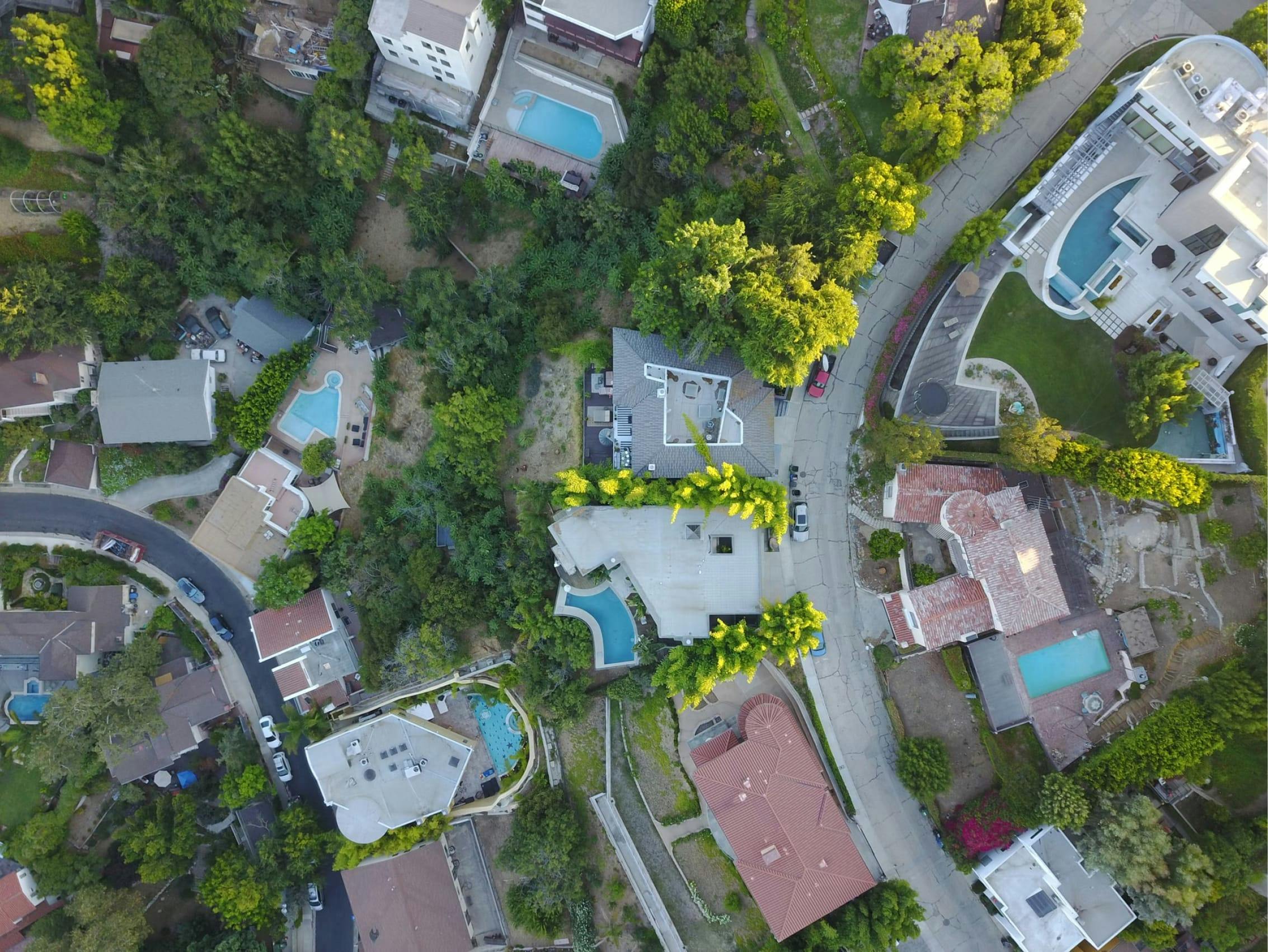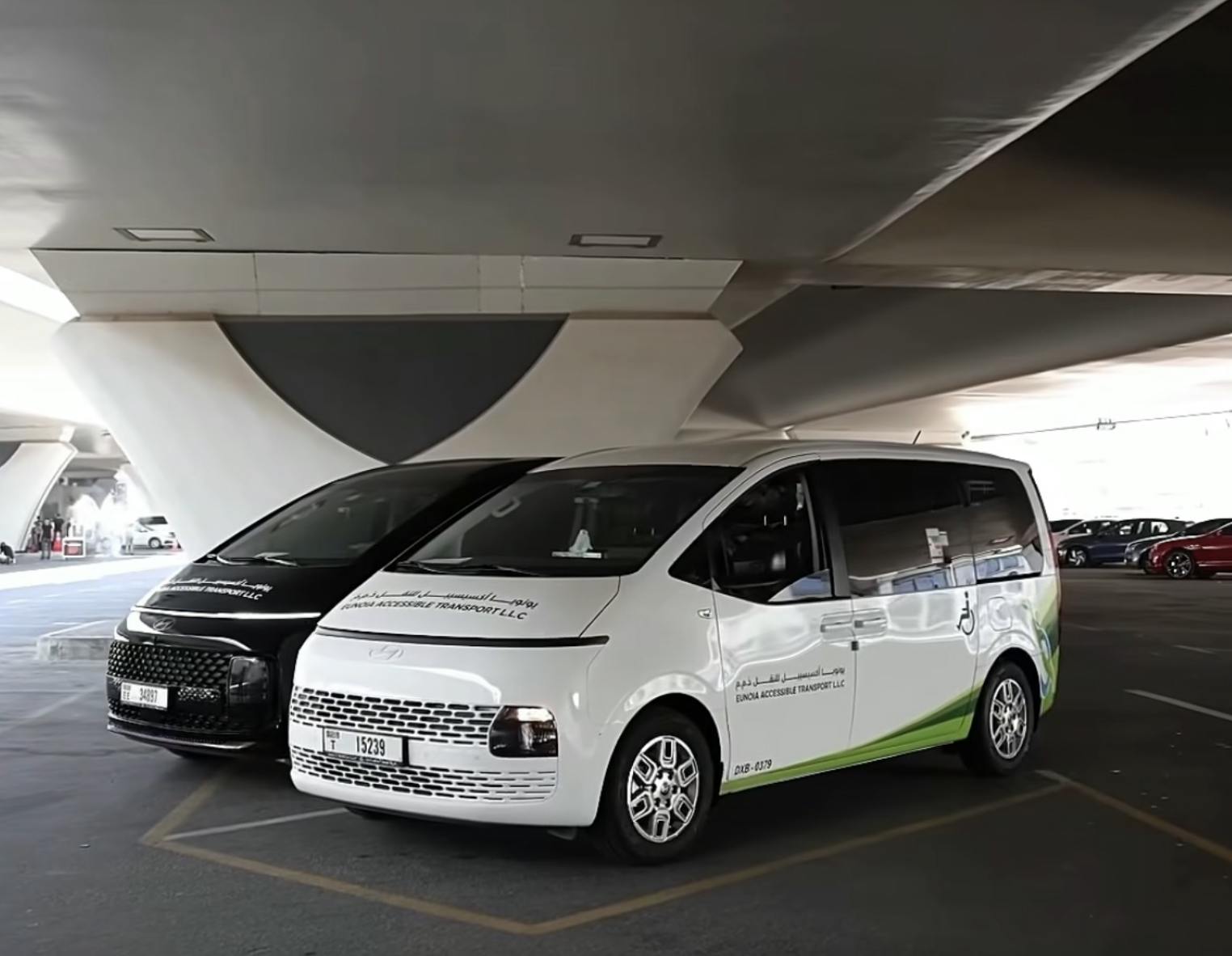
Routable AI Uses Routing Technology to Help During COVID-19 Pandemic
In our current and evolving circumstances surrounding the novel coronavirus outbreak, we are advised to avoid sharing rides with other passengers as part of the effort to slow the spread of the disease. As in other markets, these necessary practices are impacting the shared transportation industry. But some businesses are rising to the challenge and rethinking how they use their existing ride-sharing technology to help during the crisis.
Routable AI, a company engaged with MIT CSAIL through the Startup Connect program, is using its technology as an on-demand vehicle routing and management platform to help doctors, nurses, medical staff, and patients navigate the ongoing coronavirus crisis. The startup, which focuses on optimizing ride-sharing by providing a routing engine for high-capacity vehicles and shuttle fleets, saw opportunities to utilize its current systems and infrastructure to provide critical transportation to essential workers on the front lines, as well as allocate hospital beds to potential COVID-19 patients in need, such as those who are homeless and more vulnerable to infection.
When it comes to critical transportation, Routable AI has come up with ideas for providing people who can’t work from home safer ways of riding public transportation. This setup involves pre-booking bus rides and coordinating with operators to limit the number of passengers on board at any time.
Routable AI Co-founder Menno van der Zee also sees this application of their technology useful for when we all start to go back to work. “We can see our core optimization technology, our routing, being used when we start to pick up transportation again,” said Van der Zee. “One of the key things our technology can do is keep track of every single passenger, and so we can also constrain the number of passengers that will be on board a single vehicle at the same time. So, imagine we start running all the buses again in Boston. We would make sure that in these big buses, we have at any point maybe only 12 passengers on board the vehicle at the same time, so they can keep a safe social distance.”
The company also sees its ability to create more personalized ride-sharing experiences useful for providing on-demand shuttles for people who are fighting the coronavirus on the front lines, allocating vehicles to passengers based on certain criteria, such as if they have tested positive for the virus.
In addition, Routable AI is developing a bed allocation management system for hospitals and other facilities. Co-founder Alex Wallar, who had initially worked as a graduate student within CSAIL on ride-sharing optimization problems, explained that they received a request for programming help from the Boston Medical Center and the Boston Health Care for the Homeless Program. Wallar replied yes, and he and his team immediately sprang into action.
“By the time they had responded back,” he said, “we already had a system, a very initial demo, to show them that we could automatically allocate patients into beds using their general criteria.” This criteria could specify, for example, that a bed is available only for positive patients, or identify patients who have special needs.
Wallar said that they were able to solve this problem so quickly because they already had the core technology and infrastructure in place. “We were able to model the bed allocation problem as this big optimization problem where we have an objective function, something we want to minimize, and we have a set of constraints.” Constraints are put in place so that a penalty is added if a bed does not perfectly match a patient, and to make sure that if there are not enough beds, patients are not ignored. “We had all of these tables to determine what the best allocation would be, and that was given by live feedback from the BHCHP, from nurses on the ground there,” said Wallar.
Van der Zee added, “We could also, with the bed allocation software, use our technology to do medical transportation and determine which facility the patient is closest to. That way, we can determine which vehicles we have available and how we should allocate them to pick up patients and transport them to the hospital.”


